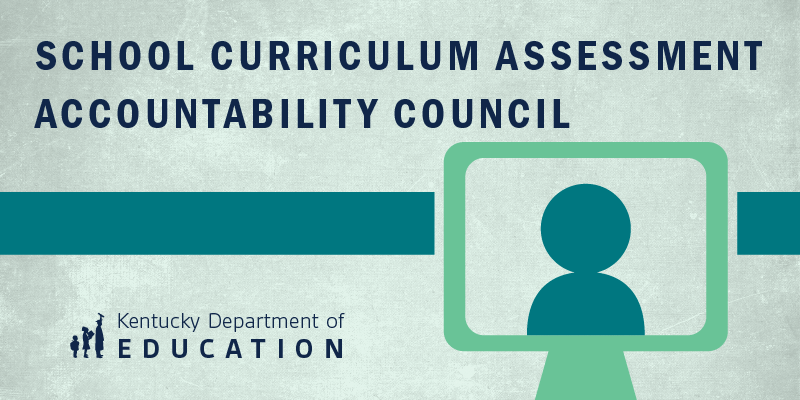
Chris Domaleski of the Center for Assessment leads a discussion with a panel of educators and other stakeholders who are working to define the parameters of Kentucky’s new 5-star accountability system. The panel will make recommendations to Kentucky Education Commissioner Wayne Lewis following additional meetings Sept. 4-5.
Photo by Mike Marsee, Aug. 23, 2019
- The panel discussed what will go into the school- and indicator-level descriptions.
- The panel will meet again Sept. 4-5, and its work will result in recommendations to Kentucky Education Commissioner Wayne Lewis.
By Mike Marsee
Mike.marsee@education.ky.gov
A group of educators and other stakeholders took the first critical step Aug. 23 in the standard-setting process that will define the parameters of Kentucky’s new 5-star accountability system.
The panel convened by the Kentucky Department of Education (KDE) in Frankfort discussed performance level descriptions for each of the indicators that will help determine how schools will be classified for the 2018-2019 school year and beyond, as well as school performance descriptions for each star classification.
That discussion will help the group move toward setting standards when it meets again Sept. 4-5 to establish cut scores for the overall 5-star rating, which will combine all indicators in Kentucky’s accountability system. The group also will establish cut scores for each of six individual indicators. The group’s work will be presented as recommendations to Kentucky Education Commissioner Wayne Lewis.
Rhonda Sims, associate commissioner in KDE’s Office of Standards, Assessment and Accountability, said facilitators from the Center for Assessment who led the discussion will retool the descriptions for both the individual indicators and the school performance descriptions based on what was said Aug. 23. Those descriptions will be the starting point for next week’s meeting.
“The first step in the next meeting will be to review another draft that captures what people talked about today and valued as important to go into the descriptions,” Sims said.
Lewis told the group he will rely heavily on its recommendations for rating schools, which will be done with data from the 2018-2019 school year. The ratings of 1 (the lowest) to 5 (the highest) stars will be available on the Kentucky School Report Card.
The panel includes 23 district and school administrators, teachers, members of the Kentucky Board of Education and representatives of education stakeholder groups. Sims said it is important to have broad representation within the group.
“Because this is going to be a way to report data and information about Kentucky public schools, we need a good cross section of individuals who have school experience but also have community experience, parent experience, business experience,” she said. “This is about supporting a successful public school system for the state of Kentucky.”
The school rating system began in 2018, with schools receiving federal classifications of performance – Comprehensive Support and Improvement, Targeted Support and Improvement or Other. Aligned with the federal Every Student Succeeds Act, Kentucky’s system does not rely solely on state tests, instead using six accountability indicators: proficiency, separate academic indicator, growth, transition readiness, graduation rate and quality of school climate and safety (which will be implemented in 2019-2020).
Recommended cut scores for each indicator will allow reporting of school performance as very high, high, medium, low and very low on each indicator. Chris Domaleski, one of the facilitators with the Center for Assessment, pointed out to the panel that setting performance expectations is not solely a statistical process. There are multiple ways to define cut scores or thresholds for indicators and schools.
Panelists discussed multiple ways to describe school performance. They worked through a series of questions to recommend the detail and information that should be included in the school- and indicator-level descriptions.
“I really do believe that the work we did today is going to get us out of the starting gate a little faster next month,” Domaleski said.



Leave A Comment